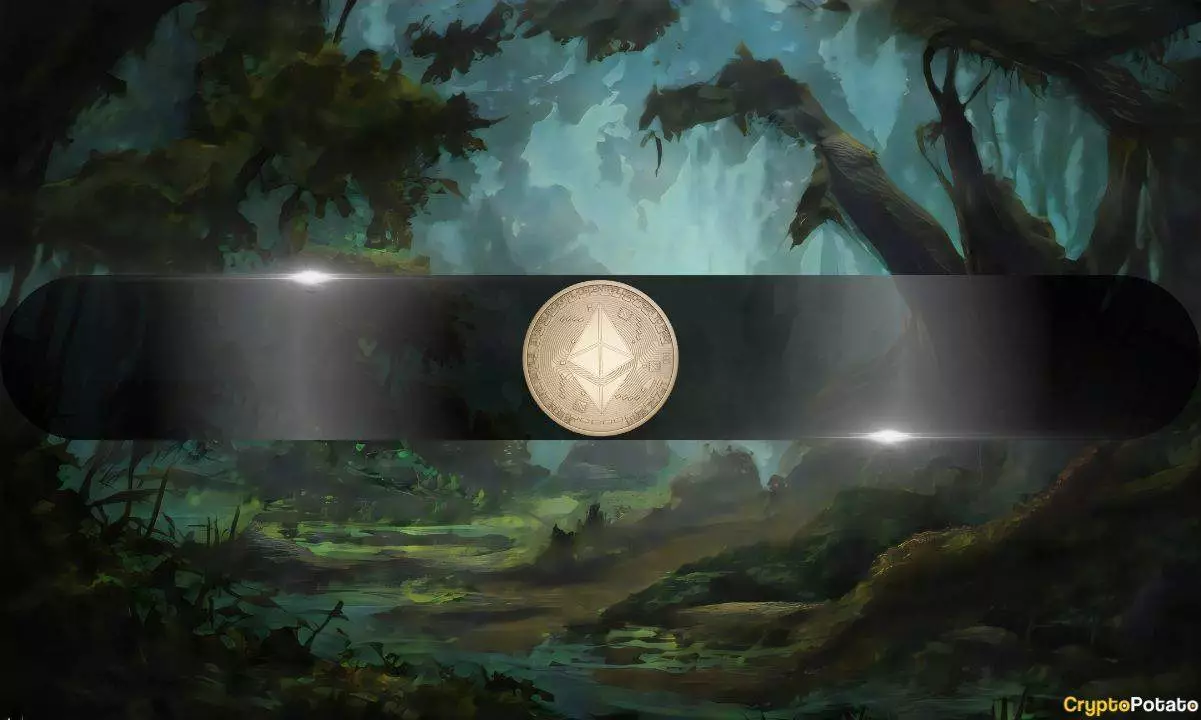Ethereum (ETH) has become a focal point of debate in the crypto space, stirring both admiration and vehement criticism. As the second-largest cryptocurrency by market capitalization, boasting over $225 billion, it’s alarming to witness a persistent decline in its transaction activity, user growth, and overall revenue. Quinn Thompson, founder of Lekker Capital, recently ignited a firestorm of opinions by declaring that ETH is “dead” as an investment. His assertion isn’t merely sensationalism; it reflects a worrying trend that has seen Ethereum flounder in the wake of emerging competitors and a convoluted value proposition.
Thompson’s diagnosis isn’t an outlier. Several analysts echo his sentiment, pointing to the fact that while Ethereum still holds utility as a blockchain for decentralized applications and smart contracts, its appeal as an investment choice is dwindling. This dichotomy raises a pressing question: how can a blockchain with significant technological potential become so undervalued in investment circles? As Ethereum continues to grapple with diminishing returns for its investors, it paints a stark picture of failing market confidence.
The Token Avalanche: A Self-Inflicted Wound
At the heart of this predicament lies a critical issue described by Nic Carter of Coinmetrics: the excess and unchecked proliferation of tokens within the Ethereum ecosystem. Many developers and investors initially celebrated this as a sign of flourishing innovation, but in hindsight, it appears more like a reckless oversaturation. Thompson and Carter contend that Ethereum’s self-inflicted wound stems from a misguided social consensus on token creation, where easy availability blurred the line between intrinsic and speculative value.
Thompson highlighted how layer-2 solutions like Optimism and Arbitrum, although technologically impressive, have cannibalized value intended for ETH itself, further contributing to its decline. This strategy, once viewed as a beneficial differentiation, has spiraled into a reality where the very essence of Ethereum is at risk of becoming diluted. It’s ironic, too, that the ethos of decentralization, which Ethereum initially heralded, now seems to bolster hedge funds and developers while leaving retail investors in the lurch.
Community vs. Isolation: The Struggle to Unite
The fragmentation within the Ethereum community is palpable. While proponents argue for collaboration to enhance ETH’s position in the crypto ecosystem, skeptics remain convinced that infighting and tribalism are major hurdles. A pseudonymous analyst pointed out that figures like Bitcoin maximalists initially reveled in Ethereum’s struggles. They perceived it as a threat to Bitcoin’s market dominance and, ironically, this animosity provided further fuel for Ethereum’s troubles.
What many fail to realize is that a united Ethereum community could bolster its resilience against external threats. However, stark divisions fueled by speculative ventures have weakened its collective ability to progress. Thompson eloquently argued that the ideal path forward for ETH requires an acknowledgment of pain points rather than an incessant push for excess.
The landscape is changing, and with ETH hovering around $1,830—nearly half its value from just a year ago—the pressing concern is whether Ethereum can transform itself from a cautionary tale into a robust platform that genuinely exemplifies what decentralized finance was meant to achieve. These challenges are not insurmountable, but if the Ethereum community remains obstinate and divided, it risks becoming a relic of a bygone era in the fast-paced world of cryptocurrency.


Leave a Reply